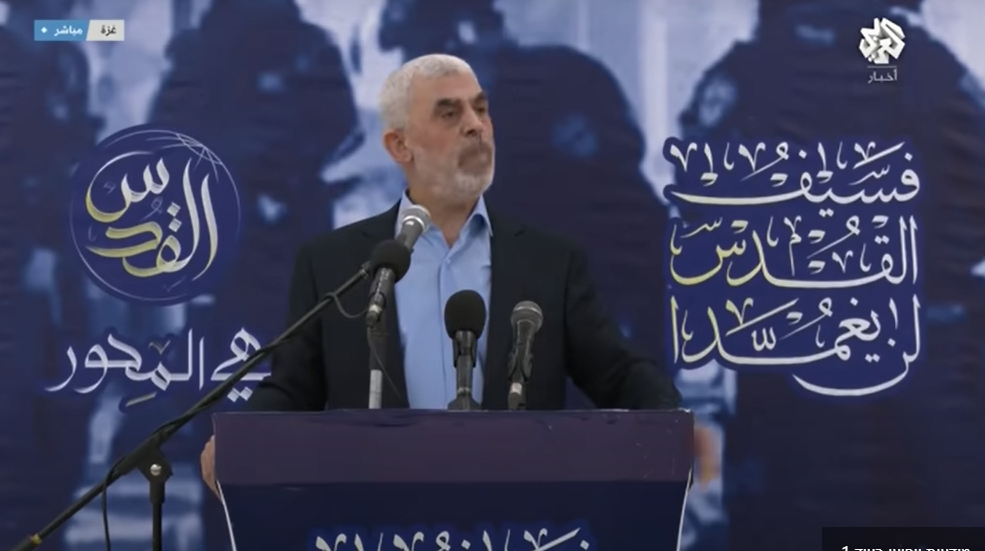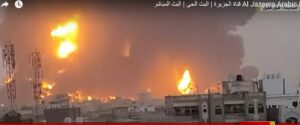Celebrating its 36th anniversary last week, Hamas was officially founded in 1987 by Sheikh Ahmed Yassin.
The present threat marks a significant challenge to the movement, as Israel seeks to dismantle its formidable military infrastructure in Gaza and eliminate key military figures.
Yahya Sinwar, the current head of Hamas in Gaza, was once in charge of the movement’s security apparatus, focusing on identifying collaborators with Israel.
The movement’s 1988 charter openly aligns itself with the “Muslim Brotherhood” and calls for the destruction of Israel.
The Israeli threat against Hamas enjoys support from several Western countries and certain Arab nations.
Although not publicly declared, these countries covertly communicate their backing to the US and Israel.
This support stems from the classification of the “Muslim Brotherhood” as a terrorist organization in countries like Egypt and Saudi Arabia.
Hamas officials acknowledge that this represents the most significant threat since the movement’s inception.
Success for Israel in Gaza could lead to a weakened Hamas presence in Judea and Samaria, as it might embolden Israel to pursue further military actions.
Despite the dire circumstances, Hamas expresses confidence in its ability to resist Israeli efforts.
The movement contends that its popularity has increased among Palestinians and in certain Arab nations since October 7.
The extensive military attack on Gaza has taken a heavy toll on its residents, with the Palestinian Ministry of Health reporting nearly 20,000 deaths and over 50,000 wounded.
Hamas conditions the release of Israeli hostages on the cessation of hostilities and a complete Israeli withdrawal to the international border.
Hamas’s leadership abroad privately criticizes Yahya Sinwar for leading the movement into this perilous military adventure.
However, this criticism remains within closed circles, fearing accusations of hindering the war effort.
There are concerns about potential elimination by the Israeli Mossad, given explicit threats from Israeli leaders.
The survival of the current Hamas leadership in Gaza, led by Sinwar and military commander Muhammad Def, may hinge on the outcome of the war.
A major prisoner exchange deal with Israel could signify a victory for Hamas, which has already seen about half of its military leadership eliminated by Israeli forces.
In light of potential defeat, Hamas’s leadership abroad shows a willingness to collaborate with the Palestinian Authority (PA).
Senior Hamas officials express readiness to join the PLO and engage in negotiations with PLO Chairman Mahmoud Abbas.
Conclusion: The fate of the Hamas movement is intertwined with the achievements of the IDF in Gaza.
Despite the challenges, Israel’s political and security echelon remains determined to fulfill the goals of the war, supported by public sentiment.
As international pressure mounts, time becomes a critical factor, influencing the evolving threat landscape for Hamas.




